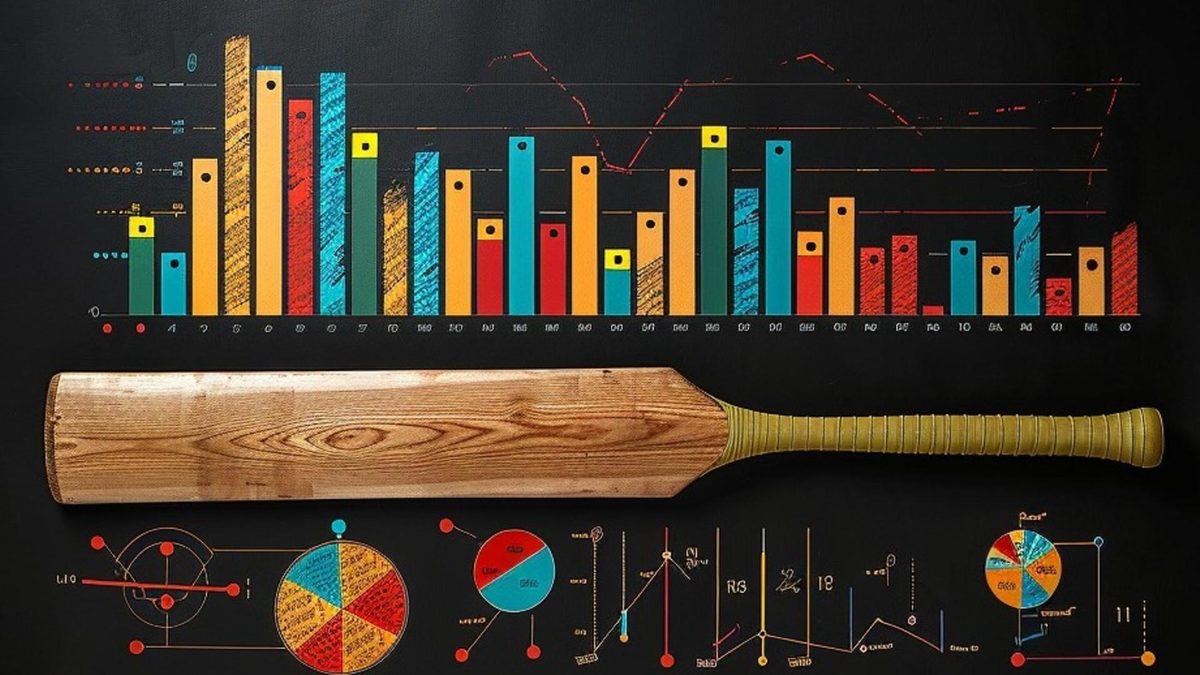The world of sports is in a continuous state of evolution driven by factors ranging from technological advancements to changing fan behavior. In recent times, several trends have emerged that are reshaping the sports industry both in India and globally.
From the increasing influence of fans to the use of cutting-edge technologies, these trends are poised to have a profound impact on the landscape of sports as we know it.
Empowered Fans: The Power of Choice
Gone are the days when fans were mere spectators. In today’s digital age, fans wield unprecedented power and influence, often referred to as the “power of choice”. With the rise of social media platforms and streaming services, fans have direct access to their favorite athletes, teams, and events. They can voice their opinions, share experiences, and engage in conversations like never before. This trend has prompted sports organizations to pay close attention to fan preferences, ultimately shaping decisions regarding game formats, event locations, and even rule changes.
For example, various sports are launching new formats to attract Gen Z and Gen Alpha that prefer shorter, more dynamic content. Format innovation is evident in tennis, cricket, golf and football (e.g. King’s League, which has fewer players, shorter matches and exciting rules). The ‘voice of the fan’ will be central to decision-making as younger fans favor brands that share their values. Teams won’t be able to rely on generational loyalty and will have to innovate to retain fans who are loyal to their favorite athletes.
Closer to the Action
Advancements in technology have brought fans closer to the heart of the action. High-definition broadcasts, interactive apps, and virtual reality experiences enable fans to immerse themselves in the sports they love. A prime example of this is the Formula E ‘FANBOOST’, where fans played an active role in influencing the race outcome. They could vote for their favorite driver to receive a temporary power boost during a race. This level of engagement not only heightens the fan experience but also blurs the lines between being present at the event and watching from a distance.
Evolving Media Landscape: From B2B to B2C
The dynamics of media rights have been undergoing a significant shift. Traditionally, sports organizations primarily dealt with business-to-business (B2B) relationships with broadcasters and media companies. However, the trend is moving towards a more direct-to-consumer (DTC) model. Sports entities are increasingly focusing on establishing their own streaming platforms and content distribution channels. This transition not only provides greater control over content but also enables them to build more personalized connections with fans.
Maximizing Fan Loyalty and Revenue: First-Party Data Strategy
For sports organizations, first-party fan data is a crucial asset because it allows them to establish and nurture relationships with their fans. This, in turn, drives customer loyalty, revenue, and overall fan engagement. In today’s world, it has become increasingly challenging to keep fans engaged, and understanding fan data is essential in addressing this issue. Currently, many sports organizations rely heavily on third-party data, which has its limitations due to platform restrictions and lack of effectiveness. This creates a significant gap in understanding fan data. Therefore, data collection and ownership have become top priorities for sports organizations.
Fans now expect personalized experiences, and the days of a one-size-fits-all approach are long gone. First-party data enables organizations to not only identify digital fans by name, location, and language but also provides a comprehensive understanding of their interests and consumption patterns. This information allows sports entities to create targeted marketing campaigns, offer personalized promotions, and deliver content that resonates with fans. This level of personalisation enhances fan engagement and fosters stronger connections leading to increased revenue opportunities
Tech-Driven Transformation: Leveraging AI/ML and Generative AI
The integration of technology into sports operations is no longer a novelty; it’s a necessity. Artificial Intelligence (AI) and Machine Learning (ML) have found their place in various aspects of sports, including player performance analysis, injury prevention, and fan engagement. ML algorithms analyze vast amounts of data to provide insights that were once impossible to obtain. Additionally, Generative AI is being employed to create everything from customized training regimes to virtual worlds for fans to explore. For example, fans from around the world will be able to watch live sport inside digital twin stadiums, providing many revenue opportunities.
Technology has also brought about enhanced process efficiency across the sports industry. From ticket sales and venue management to player recruitment, AI-powered solutions streamline operations and reduce manual intervention. For instance, predictive analytics help teams identify potential recruits based on data-driven insights, leading to more informed decision-making.
Sustainability and Social Responsibility
As environmental concerns take center stage, the sports industry is not exempt from the sustainability conversation. Sports organizations are increasingly adopting eco-friendly practices – from minimizing single-use plastics at events to implementing renewable energy solutions in stadiums. For example, McLaren has replaced its F1 car carbon fiber seat with a version made from renewable textile fibers (flax). This has a 75% lower carbon footprint. Moreover, the industry is leveraging its reach to promote social responsibility and awareness, addressing issues such as diversity, inclusion, and community development. Paris 2024 will be the first Olympics to have 100% gender-equal participation (5,250 athletes per gender), whilst the World Boxing Council is proposing a transgender category.
The sports industry is undergoing a transformation fuelled by technological advancements, changing fan dynamics, and a growing focus on sustainability and inclusivity. As fans gain more influence and technology continues to reshape operations, the sports landscape will continue to evolve. The line between being a passive spectator and an active participant is blurring, giving rise to a new era of immersive and personalized sporting experiences. As we look to the future, these trends will undoubtedly shape the course of sports in India and around the world.
- By Chintan Shah (originally published in TechieExpert on Nov 23, 2023)
